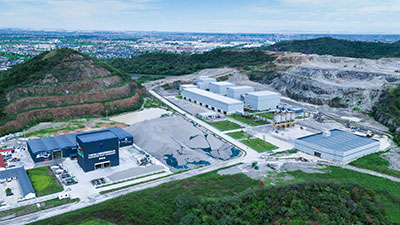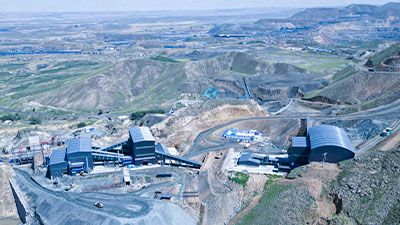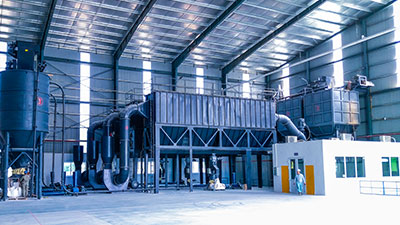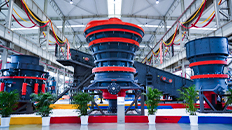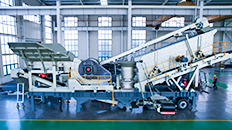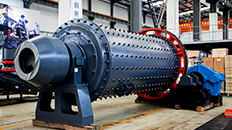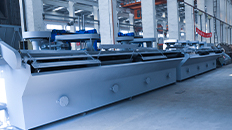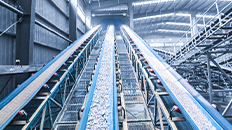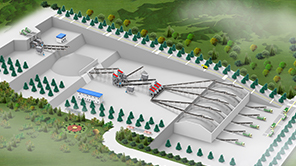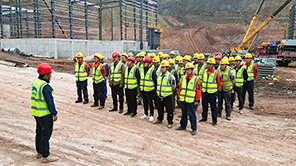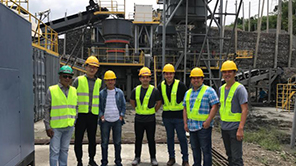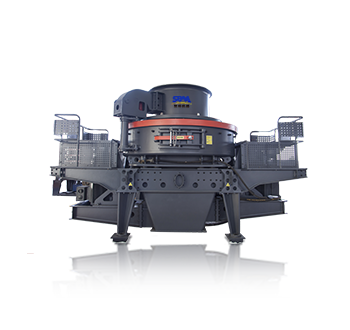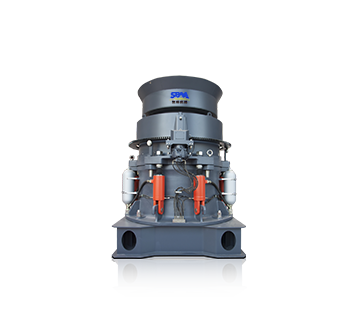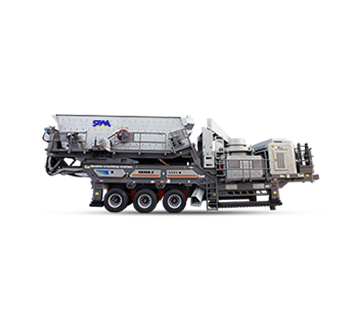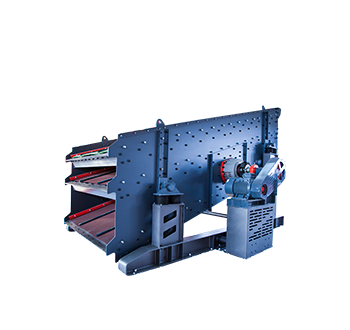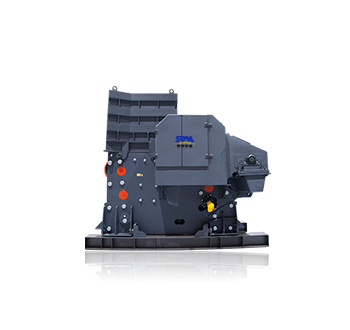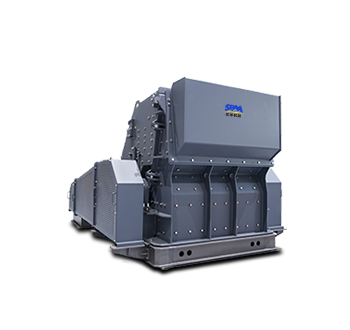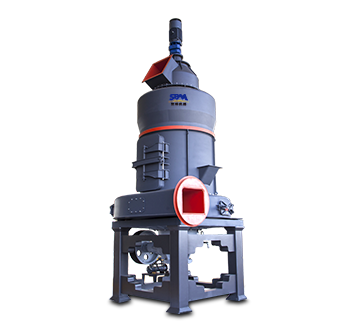Summary:Natural sand is mainly formed by the impact of natural forces, but due to environmental protection and other reasons, the cost of natural sand is getting higher and higher, and it cannot meet the ever-increasing market demand. In this case, machine-made sand came into being and has been widely used.
What are the classifications of sand?
Sand can be divided into natural sand and manufactured sand:
Natural sand: Rock particles with a particle size of less than 5mm, formed by natural conditions (mainly weathering of rocks), are called natural sand.
Manufactured sand:rock, mine tailings or industrial waste slag particles with particle size less than 4.7MM, which are made by mechanical crushing and screening after soil removal treatment, but soft and weathered particles are not included.

Advantages of manufactured sand
1. The raw material of manufactured sand is fixed and produced after being broken by special crushing equipment. The mechanized production mode ensures the quality of manufactured sand is stable, adjustable and controllable, and can adjust the relevant parameters such as particle size distribution and fineness according to the needs of the project, which has better engineering applicability than river sand.
2. The surface of river sand is usually smooth after being scoured by water flow, while the manufactured sand has many sections and rough surface, so the machine-made sand particles can better combine with cementitious materials such as cement.
3. The raw materials of manufactured sand sand can come from some solid wastes. At the same time, in urban planning and construction, a large number of construction waste can be broken by mobile crusher to produce and process recycled aggregate, which not only solves the problem of environmental pollution, but also improves the utilization rate of natural resources.
4. During the period of shortage of river sand resources and rapid rise of raw material prices, the production cost of concrete enterprises can be reduced and the impact on the engineering field can be reduced.
How to produce manufactured sand?
(1) Selection of raw materials
Not all materials can be used to produce machine-made sand. When producing machine-made sand, there are certain requirements for raw materials, such as:
1. If the raw materials used to produce manufactured sand have certain requirements for compressive strength, and the materials can not be used with potential alkaline aggregate reactivity, clean, hard and no soft particles should be used.
2. Mine: avoid the use of thick overburden layer, more mud in interlayer and poor quality mines such as layered rock.
3. Raw material of rock exposed: if the rock is covered with soil layer or contains weathered layer, it should be removed before sand making.
Common raw materials for producing manufactured sand: pebbles, limestone, granite, basalt, andesite, sandstone, quartzite, diabase, tuff, marble, rhyolite, iron ore; construction waste, tailings, tunnel slag, etc. According to the types of rock, there are differences in strength and use.

(2) Production process
The production process of machine-made sand can be generally divided into the following stages: block stone → coarse crushing → secondary crushing → fine crushing → screening → dust removal → machine-made sand. That is to say, The sand making process is to crush the massive rock several times to produce machine-made sand with a particle size of less than 4.75mm.

(3) Selection of sand making process
According to the way of stone powder separation, sand making process can be divided into "wet-type sand making", "dry-type sand making" and "semi dry sand making"; according to the process flow, it can be divided into "separate sand making" and "joint sand making"; according to the structure, it can be divided into "plane type sand making" and "tower-like sand making".
Wet-type sand making is mainly used for gravel and other raw materials with large mud content, which can effectively reduce the mud content, but the loss of fine sand is serious and sufficient water source is needed. Dry-type sand is mainly used for sand production with mountain gravel as raw material. The fine sand has no loss, the stone powder content is controllable, and the sand grading is more reasonable, but it has strict requirements on the mud content of raw materials.

